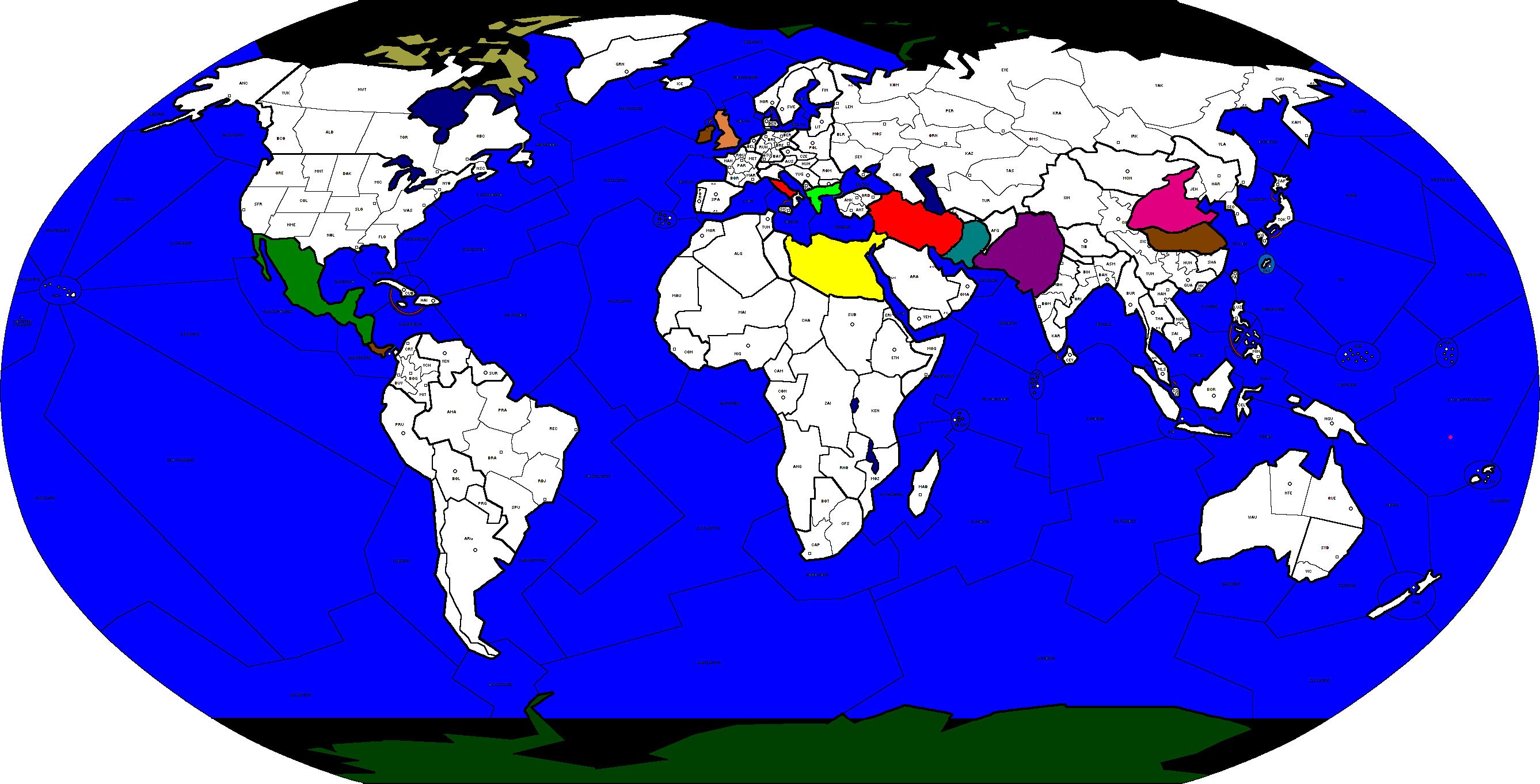History Of Rome: A RTOR2 Tale
The following is the history of Rome, taking place in the fictional timeline of RtoR2
Chapter 1: The Birth of an Empire.
In the year 3741 two brothers Romulus and Remus came upon a village on the majestic Seven Hills. The two soon became the leader of the village as they and their etruscan soldiers conquered it swiftly. They then set up the great village of Rome. At that time Romulus and Remus were two soldiers in the small etruscan army. They soon defied their leaders and took the village for themselves. From what we have learned only through stories untill recently was the two brothers bravely fought off a hoard of Etruscan soldiers and saved the day thanks to Mars, the god of War.
But recent archeological and forensic findings conclude that Romulus and Remus were captured in a short battle. The two brothers were some how able to escape though and rallied a army of roughly 100 soldiers. This has been taken from a finding of nearly 100 personal items that would belong to a Roman army circa 3700. In what is believed 3739 the army stormed the small place of the etruscan king and murdered him. Romulus and Remus then became the leaders of the Etruscan empire.
In what is believed 3712 they moved their capital to Rome. What was now a center of trade for the Empire. This is thanks to the fact that the earliest piece of Roman currency dates back to 3712. Back then currency was a piece of copper roughly the size of a quarter. In Latin a coppersmith would write the year and the emperor's name. The earliest coin was dated 3712 and had the only twin name Romulus and Remus. And this is how the Roman Empire is believed to be born.

World Map 3700 BCE
The following is the history of Rome, taking place in the fictional timeline of RtoR2
Chapter 1: The Birth of an Empire.
In the year 3741 two brothers Romulus and Remus came upon a village on the majestic Seven Hills. The two soon became the leader of the village as they and their etruscan soldiers conquered it swiftly. They then set up the great village of Rome. At that time Romulus and Remus were two soldiers in the small etruscan army. They soon defied their leaders and took the village for themselves. From what we have learned only through stories untill recently was the two brothers bravely fought off a hoard of Etruscan soldiers and saved the day thanks to Mars, the god of War.
But recent archeological and forensic findings conclude that Romulus and Remus were captured in a short battle. The two brothers were some how able to escape though and rallied a army of roughly 100 soldiers. This has been taken from a finding of nearly 100 personal items that would belong to a Roman army circa 3700. In what is believed 3739 the army stormed the small place of the etruscan king and murdered him. Romulus and Remus then became the leaders of the Etruscan empire.
In what is believed 3712 they moved their capital to Rome. What was now a center of trade for the Empire. This is thanks to the fact that the earliest piece of Roman currency dates back to 3712. Back then currency was a piece of copper roughly the size of a quarter. In Latin a coppersmith would write the year and the emperor's name. The earliest coin was dated 3712 and had the only twin name Romulus and Remus. And this is how the Roman Empire is believed to be born.
Spoiler :
World Map 3700 BCE

